For the American double bassist and composer, what began as a pathway to technical expertise became a lifetime’s voyage of musical exploration. From the November 2015 issue

At the age of 15, I was a flamboyant soloist with little regard for detail. I enjoyed the attention that came my way, and did everything I could to encourage it. I did notice, however, that my sister – two years younger and a violinist – received far less attention than I did, but played more in tune. I gradually found this state of affairs to be impossible, and I resolved to improve it.
At the same time I began to work on the Prelude from Bach’s Second Suite for unaccompanied cello. It seemed to be a perfect challenge: it cried out for a gut-level expression that defied analysis, yet it contained a systematic combination of intervals that required careful discipline to sound even competent. In my desire to live up to the piece, and to my sister’s higher standard, I embarked on a course of slow and deliberate practice.
The use of this piece as an etude to improve my technical ability is certainly the least of the things I’ve got out of it. It was like the opening of a window representing a more pure ambition. This is the kind of piece that asks what is possible in music, or with an instrument, or in human imagination. A piece like this can remove ordinary limits.
At the same time, there’s a bit of good fortune as to how well this piece actually falls on the double bass. The keyboard orientation of much of Bach’s music can make it impractical on bowed stringed instruments – especially the bass, which has notable difficulty with concentrated intervallic information. Yet with its significant amount of linear and lyrical writing, this piece may point to an ideal way to write for the double bass.
Writing well for an instrument requires understanding of what is natural or inevitable for that instrument. But it is even more important to understand what is awkward, if you are to negotiate around the edges of what is possible. Bach explores these edges like no one else, and it came as a slight surprise to find that these edges have more in common with possibilities on the double bass than I might have hoped.
Many of these edges are simply consequences of the acoustics of bringing such a complex language to a lower instrument. The ear is able to take in more varied and dense combinations of notes above middle C than below it. Although Bach wrote many remarkable virtuosic passages for low instruments, his writing is consistently busier on all instruments as the tessitura rises. The unaccompanied violin music is more complex than the Cello Suites. Hence, the transfer to double bass is more possible than one might think at first – also because Bach’s works are written around musical and acoustic principles more than instrumental ones.
On the other hand, Bach seemed to understand the vocal side of a stringed instrument perfectly, even while routinely assigning it keyboard-esque duties. The Prelude to Suite no.2 is remarkably vocal in its combination of frequent linear movement with less frequent but highly impactful larger intervals. This is where the piece starts to fit on the instrument unexpectedly well. And still, Bach remains ambitious with his choices, going after things that are barely executable, whether on a violin or a cello, or a double bass. This exploration of possibilities is an essential element of my lifelong fascination with this music.
The Prelude, and the rest of Bach’s music for that matter, seems to connect with listeners of all types. Although full of complexities, it is so beautifully put together that it seems possible to take it all in from a single listen. My favourite performances always strive to maintain the clarity that is inherent in the score, making the music immediately comprehensible.
The first time I heard Pablo Casals play this piece, I thought it was both pure expression and a perfectly organised presentation. It was so clear in my mind that I believe that I could have written it down right there and then.
This interview was originally published in the November 2015 issue of The Strad

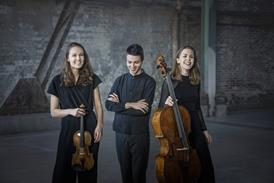
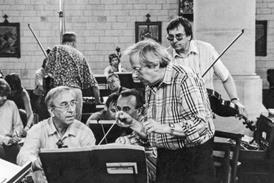
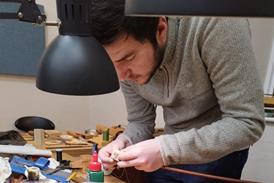
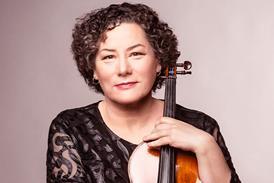
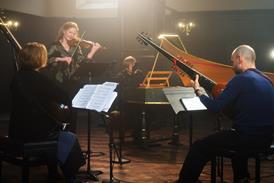
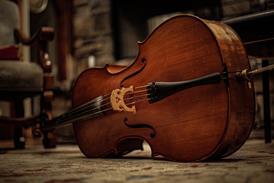




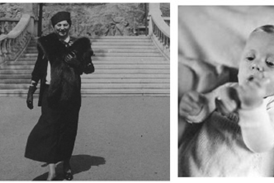
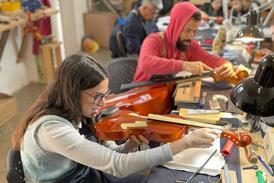
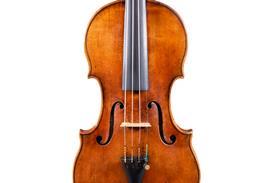
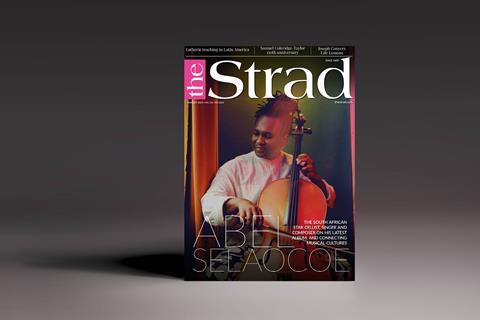



















No comments yet